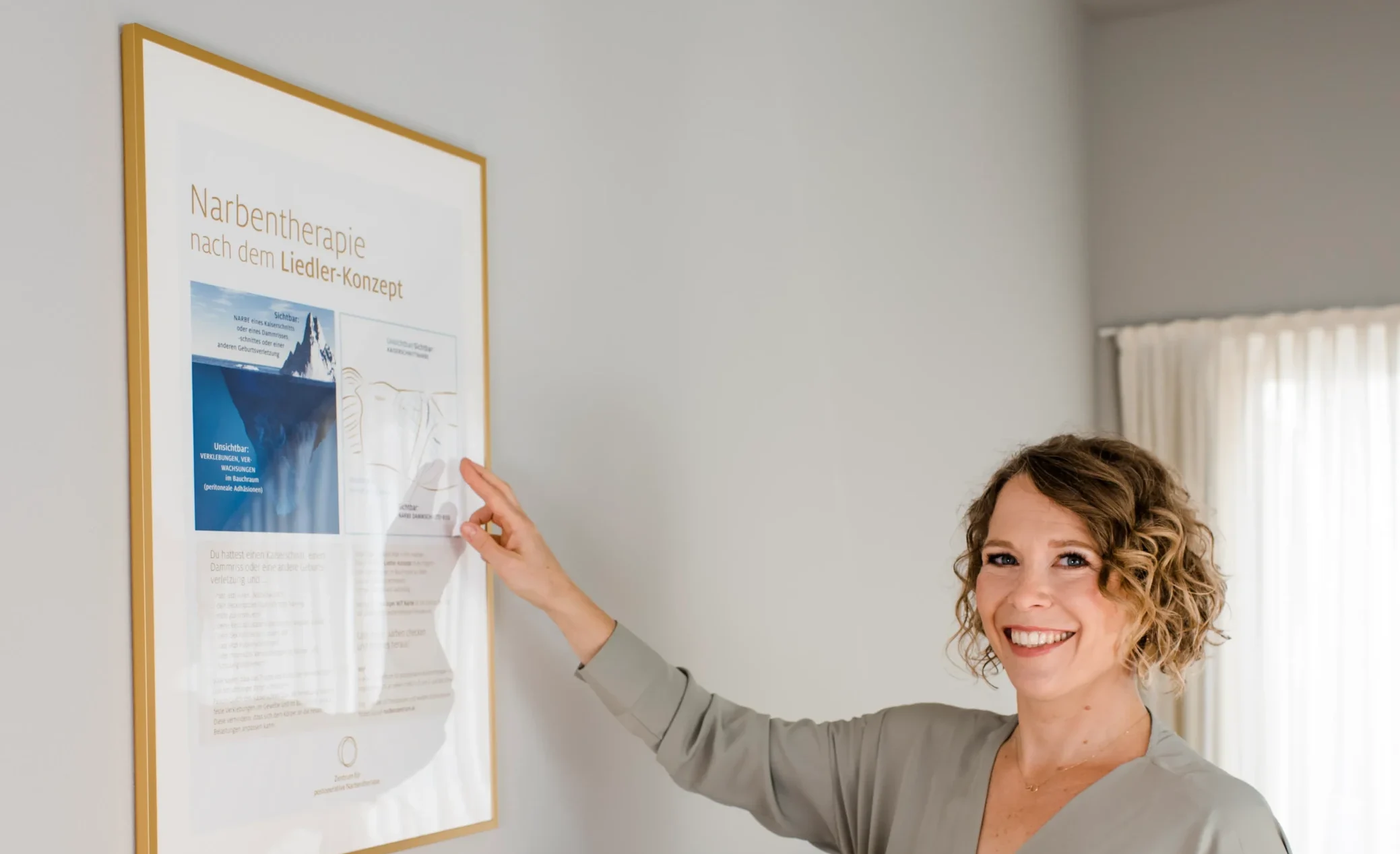Scar training for little superheroes
Some scars are barely visible. Others feel strange. And some tell their own story.
This guide helps children – and their parents – to make friends with the scar, understand it better and discover it in a playful way.

Dear parents,
Your child has had an operation – and of course you want them to feel completely comfortable. The scar should also heal well and leave as little discomfort as possible.
Especially during growth, it is important that the scar not only heals nicely on the outside, but is also well embedded in the depth. Because sometimes tensions remain there that only become noticeable later.
With our child-friendly guide, you can support your child in getting to know the scar in a playful way – with feeling, curiosity and a touch of superhero courage.
The 2 steps to getting to know the scar
You can find initial instructions in our PDF.
Give your scar a face
Scars are not just lines on the skin – they carry stories, sometimes even feelings. Children have a wonderful imagination and can therefore give their scar a new meaning.
Why this helps
Children often know exactly whether something feels strange, uncomfortable or simply “not right” in their body – but find it difficult to put it into words.
When a child learns to consciously perceive their own scar, give it a face and actively touch it, something important happens:
Trust is created. In your own body, in the change, in the healing.
The Liedler concept shows that gentle movement, mindful feeling and loving touch can help to release even deep adhesions in the tissue. This makes the tissue more supple again – and the child gets a new, good feeling about their body.
Sometimes an experienced look from the outside helps.
If you would like more security in dealing with the scar, we would be happy to accompany you and your child personally.